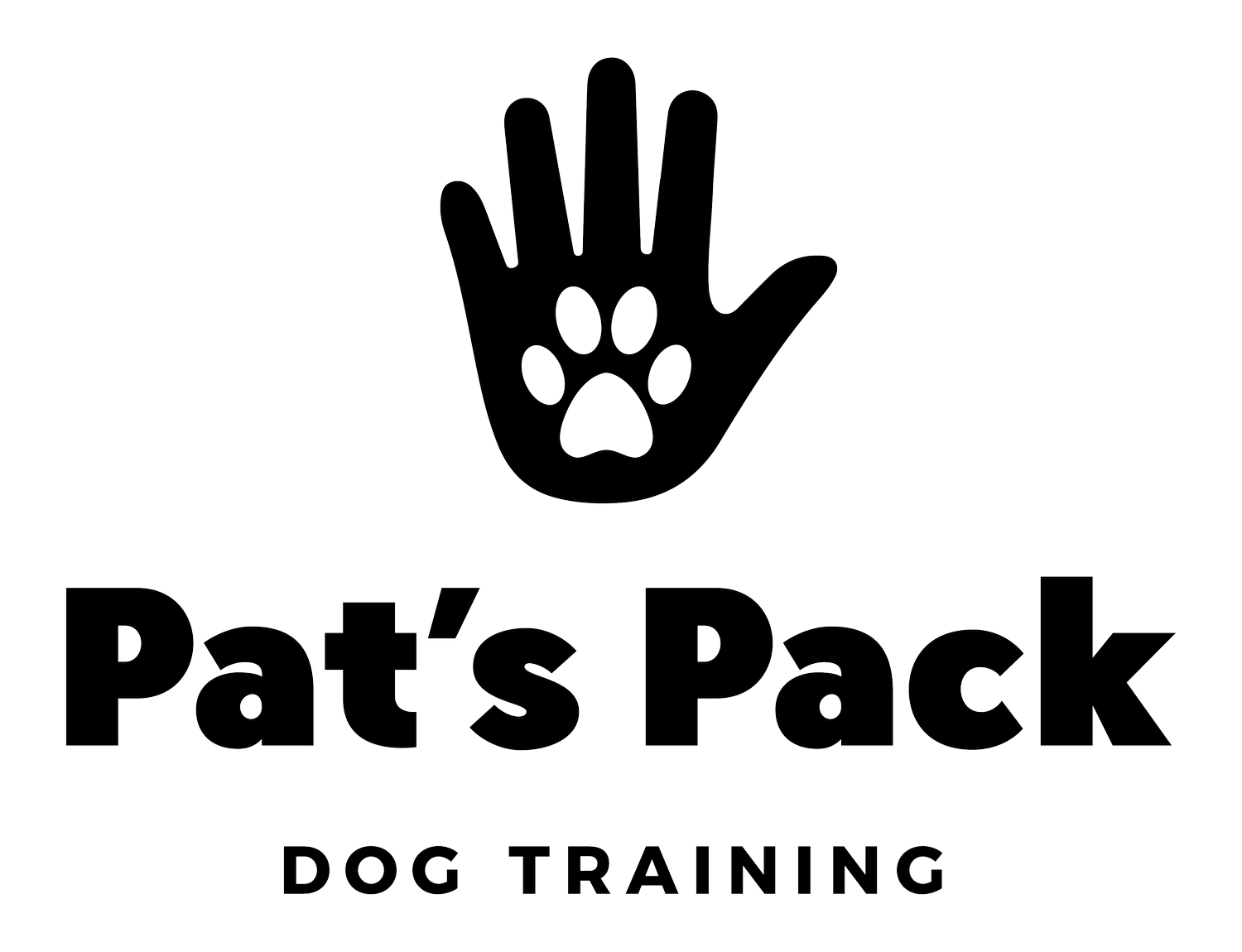Sparkling Smiles: Tips for Dog Dental Hygiene
Taking care of your dog's dental hygiene is a crucial part of their grooming routine, often overlooked but incredibly important. Neglecting their dental health puts them at risk of costly dental diseases that can quickly empty out your wallet. Fortunately, you can easily incorporate teeth brushing into their care routine, and you don't have to wait for their next grooming session! Start brushing their teeth from the comfort of your living room when it’s convenient for you. While it may seem daunting at first, with the following helpful tips, you can quickly become an expert at keeping your dog's teeth clean and healthy.
What you’ll need:
Dog-safe toothpaste
Dog toothbrush or finger brush
Treats
Becoming comfortable:
The first step to help your dog become comfortable with brushing their teeth is making sure they are first comfortable with you touching their teeth and mouth. Before introducing the toothbrush, make sure you will be able to move your hand comfortably around their mouth and face without them showing signs of distress, like snipping or running away. If your pup shows signs of being uncomfortable with their mouth being touched, you can help them become accustomed by rewarding them with treats every time you touch their mouth or teeth.
Introducing the toothbrush and toothpaste:
Next, introduce the toothbrush and dog-safe toothpaste so your dog becomes familiar with the tools you’ll be using when you brush their teeth. You can start by letting them sniff and lick the toothpaste off of your finger, and placing some of the toothpaste on their gums so they become familiar with the taste. Next, introduce the toothbrush in a similar manner by letting your dog sniff and lick the toothbrush. Gently try to place the toothbrush near their mouth and teeth. Reward them with treats anytime you can successfully complete this step. Continue this process by starting to gently brush their teeth with the toothbrush in small, circular motions and reward with treats. Take your time with this part of the process because it is important your dog doesn’t become afraid or aggressive towards the tools you’ll need.
Brushing:
Finally, start to combine these steps altogether to successfully care for your dog's dental hygiene. Gently brush your dog’s teeth with the dog-safe toothpaste in small circular motions. Taking breaks when needed is helpful, especially when you are first starting out and want your dog to remain calm and comfortable. Brushing more regularly will lead to your dog becoming more familiar with this routine and will make it easier the more you practice.
